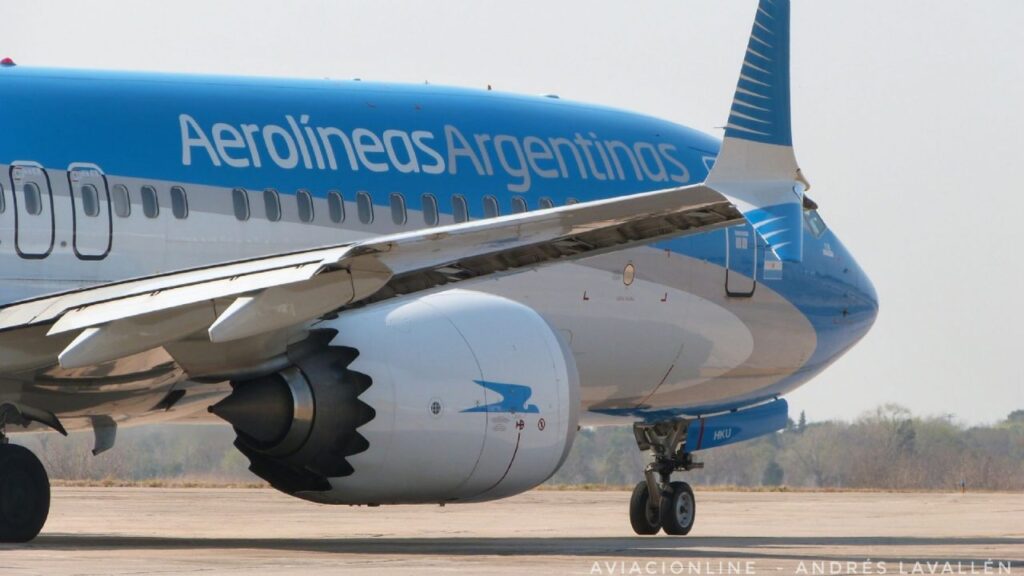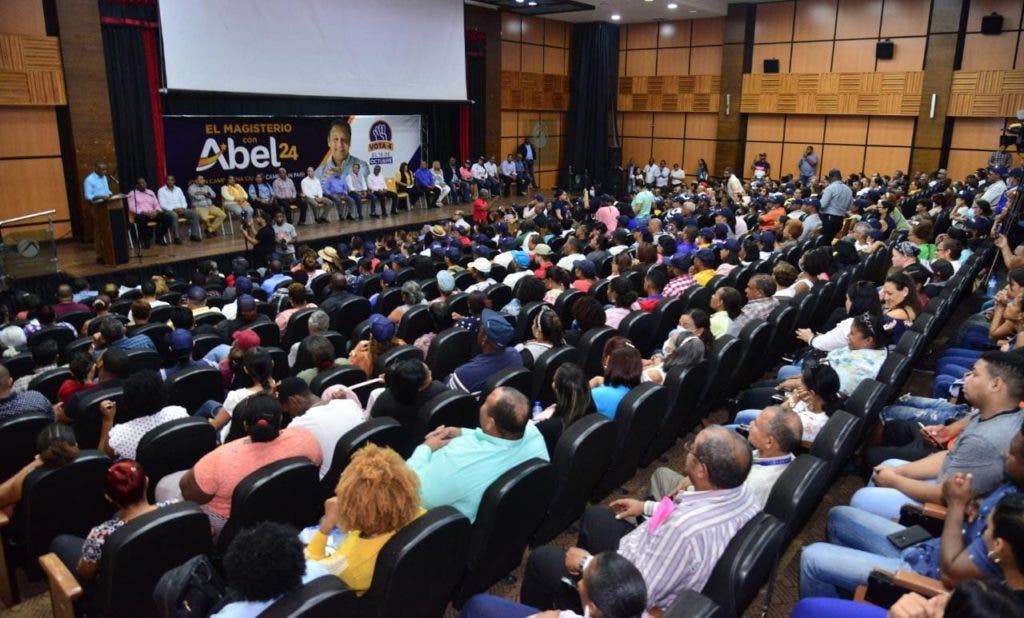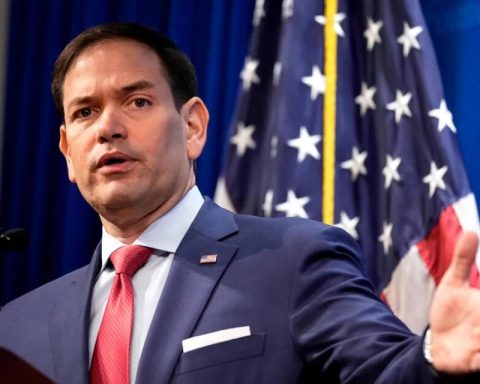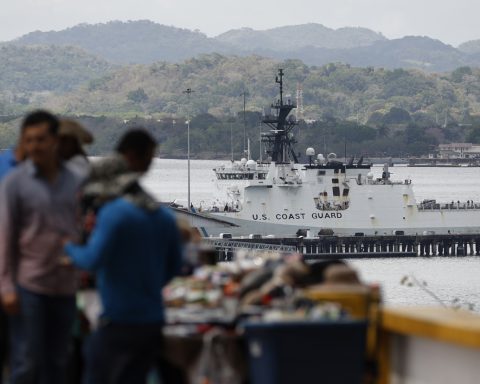Another attempt for dollars to transit through the formal market. In that search, Argentina established this week a new differential exchange rate. Now it is pointed to the US currency that foreigners enter the country and, to capture those funds, the Central Bank (BCRA) designed the tourist dollar.
According to an estimate by the Argentine authorities, in the first half of the year tourists entered the country US$1.4 billion and of that figure only 16% passed through the formal exchange market. For this reason, it is that the BCRA ordered the measure to try to take a good part of those currencies.
A resolution of the monetary authority released last Thursday established that non-resident tourists will be able to sell foreign currency at the reference value of the dollar in the financial market for a maximum amount of US$5,000 per month, in entities regulated by the Central Bank and authorized to operate in the foreign exchange market.
That tourist dollar has as a reference the price of the MEP dollar (Electronic Payment Market). This currency is accessed through an Argentine bond of those listed in pesos or dollars. That bond is purchased in pesos and sold for its equivalent in dollars. This Friday, the MEP dollar traded during the afternoon at 315.50 Argentine pesos. The bluemeanwhile, was offered at 337 Argentine pesos, with a gap of 160% compared to the official one, which was sold at 136 pesos.
The provision of the Central Bank also establishes that the entities must identify the non-resident tourist by means of a valid identity document. They must also require a sworn statement from the non-resident person stating their status as a tourist and that, in the last 30 days, they have not carried out operations that exceed the equivalent of US$5,000 in all entities as a whole.
LUIS ROBAYO / AFP
Dollars
He explained that the bank or the exchange house must carry out the operations with securities within two business days of being entrusted by the non-resident tourist. In the last point, he explained that for each operation that the entity carries out using the tourist dollar mechanism, it will have to make a ticket in the name of the client, stating the amount of foreign currency received and the amount in pesos delivered to the client.
The main doubt that arises with this measure is how the tourist will take the series of requirements that are requested to exchange US currency and that the dollars can go through the formal system. Another question is what happens if the tourist exchanges more dollars than he needs and keeps a surplus of pesos. In this case, it is not clear if he can use the same mechanism to get back the dollars.
One more “pearl” or “drowned fist”
The dean of the UCU Business School and partner of Cibils Soto Consultores, Mark Sotosaid to The Observer that within “Argentine normative creativity, the tourist dollar is one more pearl”.
He explained that any type of splitting of the exchange rate is an artifice and added that this modality has few technical foundations. “Agents respond to incentives and today those incentives throughout the Argentine economy are directed towards informality,” he assured.
For Soto, the new form of exchange implies that the tourist has to present a series of documents that the parallel market does not require. “The tourist can sell the dollars that enter the country in the parallel market at a better price and without so much regulation,” he indicated. Therefore, according to his vision, the measure does not stop or discourage the incentives offered by the blue market and may be neutralized in the medium term.
“The measure is like a projection of desperation and it is not observed that in the medium term it will have an effect on foreign exchange management in Argentina,” the expert considered.
Another negative aspect that he pointed out is that the tourist dollar does not even offer the economic benefit of a better price compared to the parallel dollar. “In the design of incentives to seek answers, this measure is not well directed,” he pointed out.
The director of economics of Equipment, Alexander Cavallo, had a similar opinion. He considered that the measure seems more like “a patch or a drowning hand” than an effective tool to raise dollar reserves. “In this particular case, perhaps a tourist is willing to do so. But doing paperwork or affidavits are taken as transaction costs and it is easier and more practical to go to the parallel market”, he pointed out. For Cavallo, the passage of time played in favor of the blue. “Years ago he was more controlled, more persecuted, there were controls with police. Now it is a normal part of the activity, ”he recalled.
Lastly, he considered that Argentina should go to the bottom of the issue. “The exchange rate is a price, it cannot have eight or 10 different values. In the short or long run they will have to unify the exchange rate. With a consistent plan. But at this moment the conditions are not given, ”he concluded.
Other BCRA measures to stop the rise
The Central Bank (BCRA) also set other measures to contain the rise in the US currency. It provided that individuals or legal entities that access the official foreign exchange market will have a new limit for holding Argentine Deposit Certificates (give in). The new limit set by the monetary authority is that companies that enter the Single Free Exchange Market (MULC) may not have a Cedear portfolio for more than US$100,000.
Also, and as occurs with securities settled in foreign currency, it provided that these instruments may not be operated in the 90 days prior to or in the 90 days following access to the official market. Regarding the operation of Cedear, companies must not only adapt to this regulation, but they must also monitor the price of the Cedear that they have in their portfolio. If the price of their Cedear rises and they exceed that limit, they must dispose of those assets, they explain from the BCRA.
The cryptocurrencies they were also exposed to the new trap. Those who have had access to the MULC —that is, those who bought their US$200 quota for the month— will not be able to carry out cryptoactive purchase and sale operations in the previous or subsequent 90 days. Those who decide to do so will be exempted for that period from accessing foreign currency in the official market. (The Chronicler-RIPE)

















